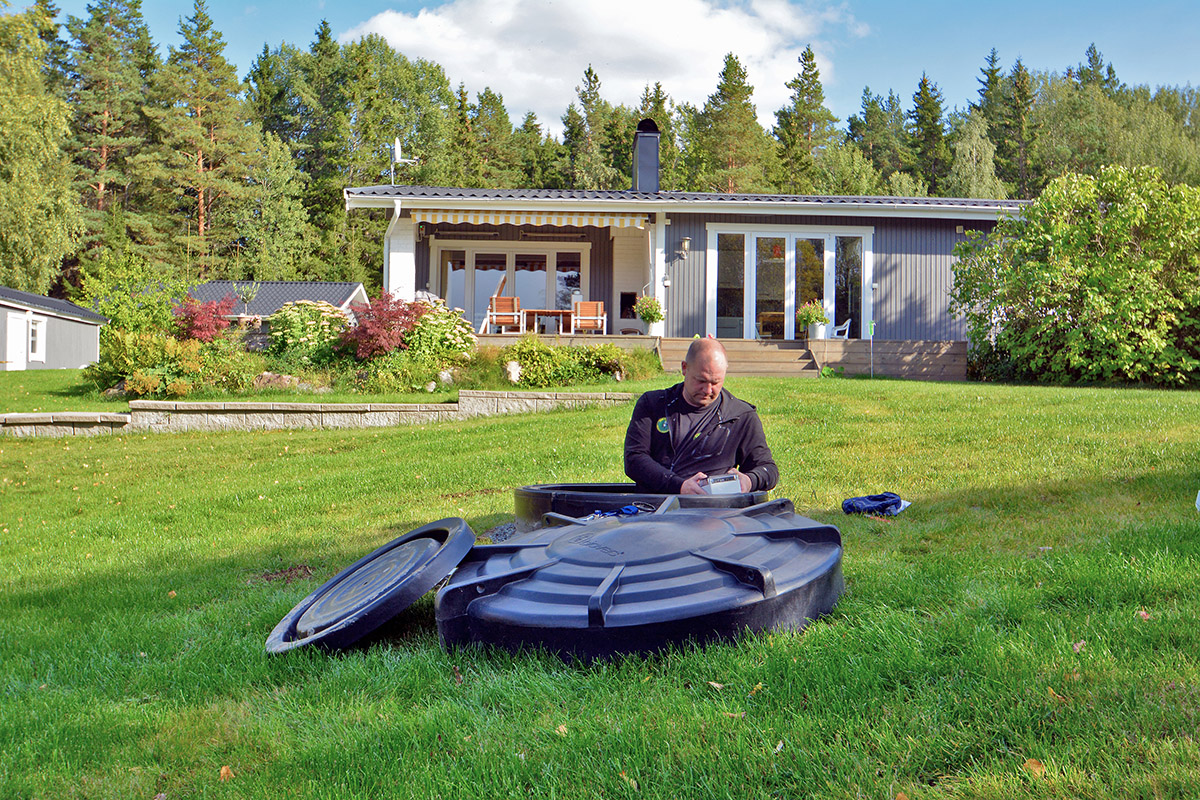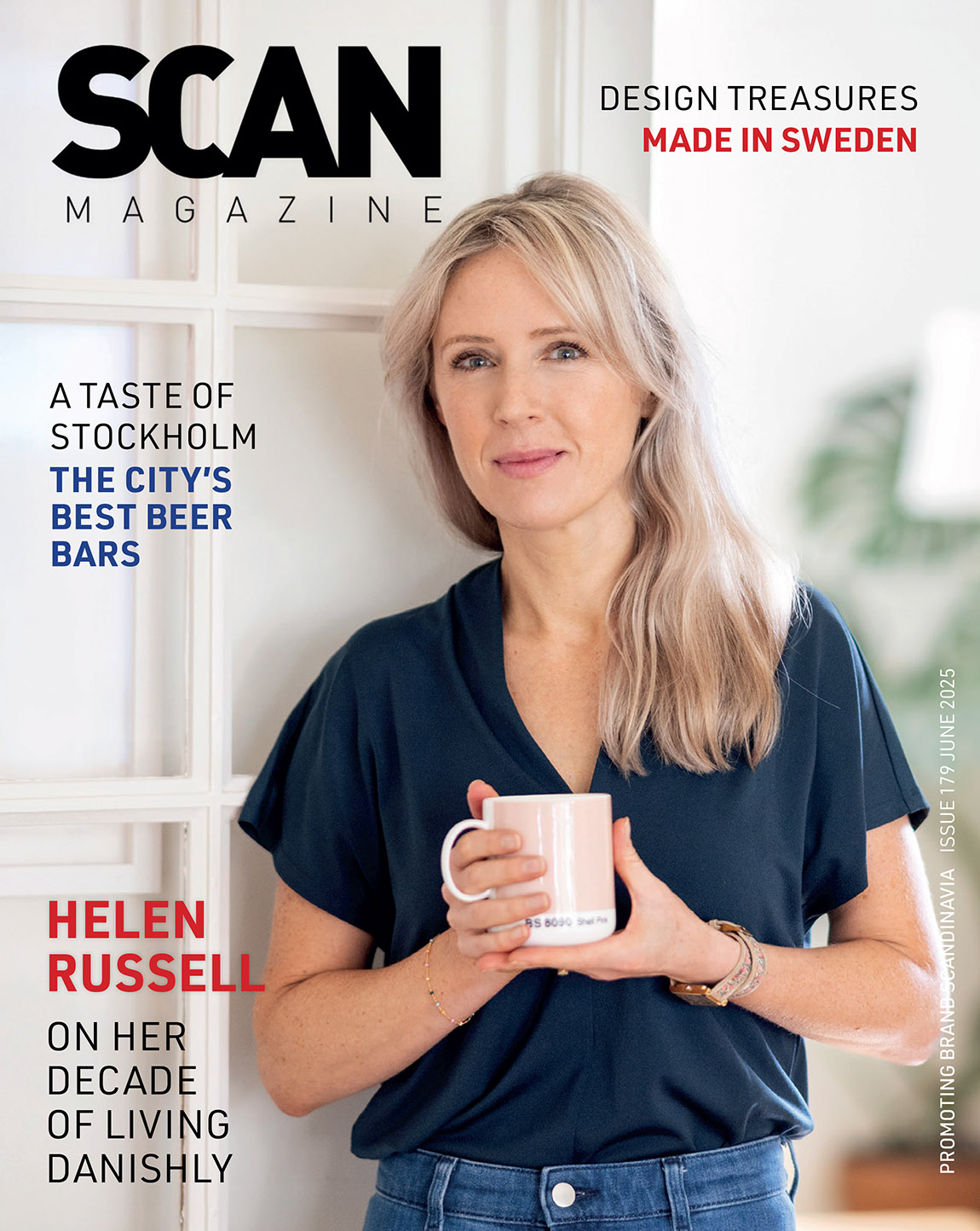Heidelberg Materials: Forerunner in the cement industry revolution
By Malin Norman | Photos: Heidelberg Materials
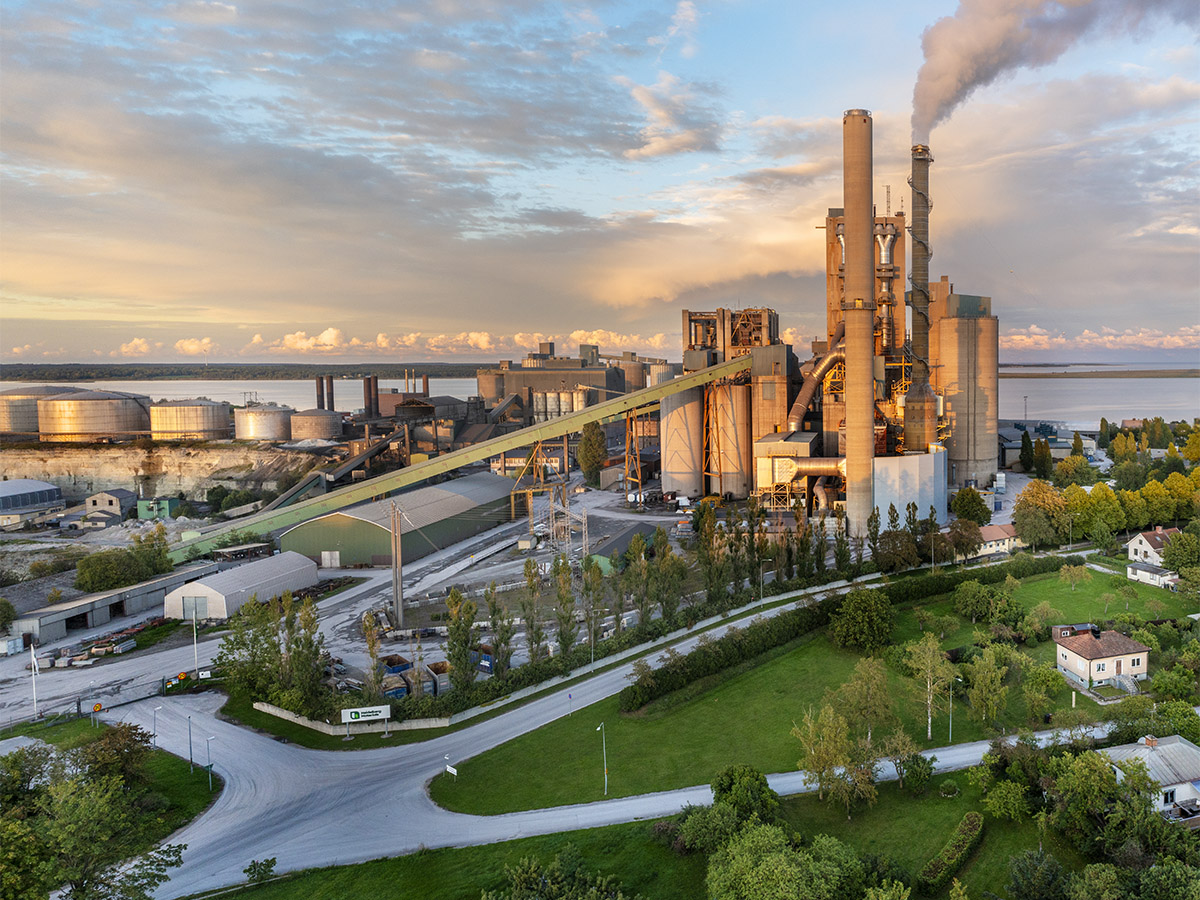
Swedish industry is adapting its production to make sure it can reach its carbon dioxide emission goals. Heidelberg Materials is one of the companies leading the cement industry revolution. Its plant in Slite is on track to be one of the world’s first full-scale cement plants with net-zero carbon emissions.
Heidelberg Materials is one of the world’s largest integrated manufacturers of building materials and solutions with leading market positions in cement, aggregates, and ready-mixed concrete. As the pioneer on the path to carbon neutrality and circular economy in the building materials industry, the company is working on sustainable building materials and solutions for the future.
“We are frontrunners in the Swedish industrial transition,” says Karin Comstedt Webb, sustainability director for Northern Europe, and senior vice president of Heidelberg Materials Sweden. “Our success will determine whether the Swedish construction industry reaches net-zero emissions by 2030.”

Karin Comstedt Webb, sustainability director for Northern Europe, and senior vice president of Heidelberg Materials Sweden.
Malleable, durable, and strong development
Heidelberg Materials’ cement plant in Slite, on Gotland’s east coast, is on the path to net-zero CO2 emissions and enabling a carbon sink by 2030. This cement plant, which is one of the largest in Europe, operates 24/7. Regardless of the time of day, people are on site, controlling, monitoring, and optimising the operations. The two huge steel cement kilns – 60 and 80 meters long – rotate and work around the clock, all year round. They’re the heartbeat of the plant that never sleeps.
In the kilns, the limestone is heated to make cement, which, with sand and water, becomes the world’s most common and important building material: concrete. Thanks to cement’s binding properties, concrete is malleable, durable, and strong, making it a good foundation on which to build our society on. “Every day, we manufacture 7,000 tons of cement, the weight equivalent of 4,000 cars. About three-quarters of the cement used in Sweden comes from Slite,” Comstedt Webb says.
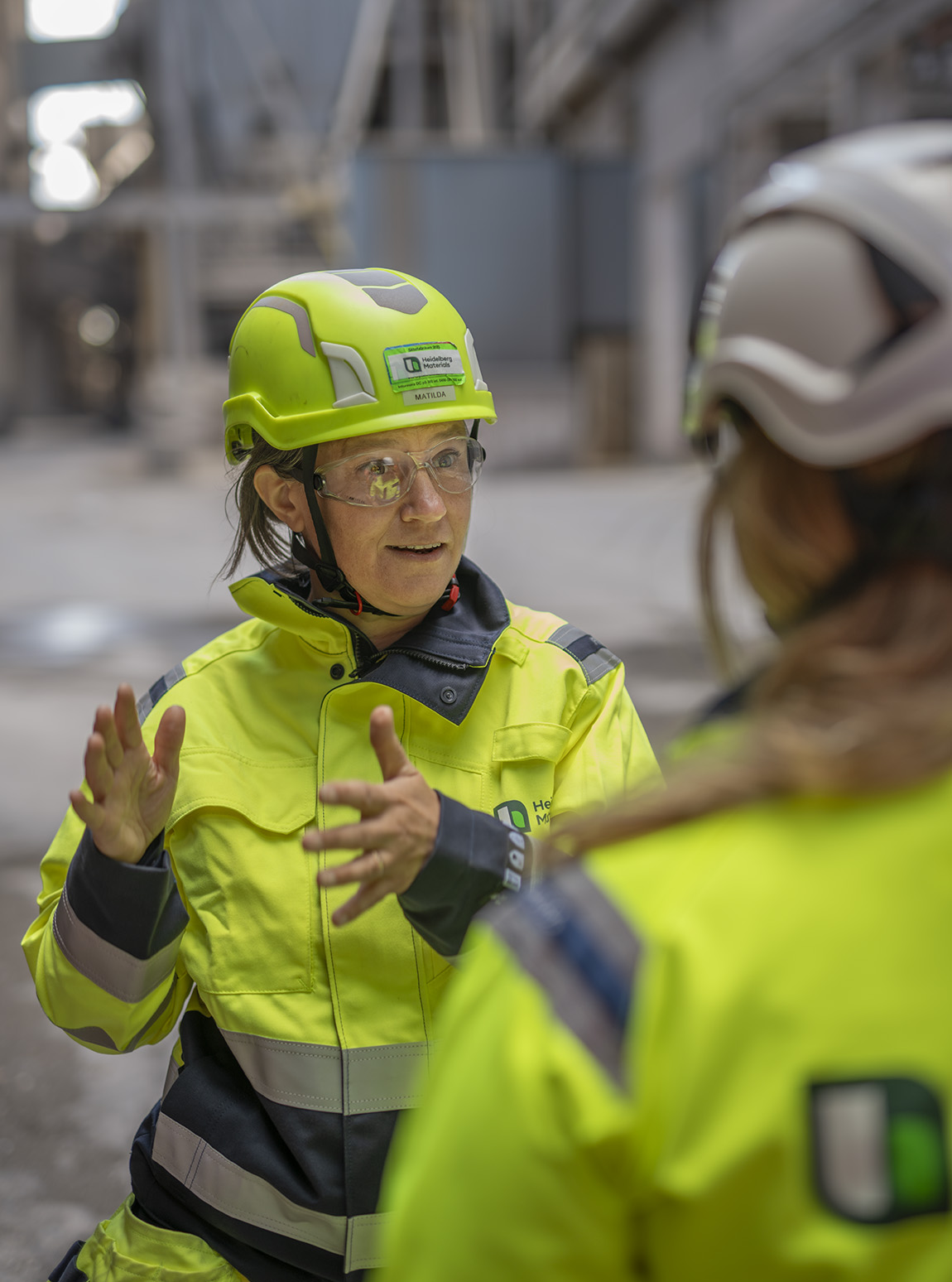
The carbon footprint from the cement plant is continually reduced. An important contributor is the fact that the cement kilns are increasingly heated with biofuels. The plant is on track to be rebuilt by 2030 and will then be one of the world’s first full-scale cement plants with net-zero carbon emissions and the possibility of enabling a carbon sink.
“Cement is the main ingredient in concrete, which is the backbone of our society – from new infrastructure and houses to new wind turbines. Moving forward, we’ll be completely dependent on cement that comes without a carbon footprint, or even better, with negative emissions,” says Comstedt Webb.
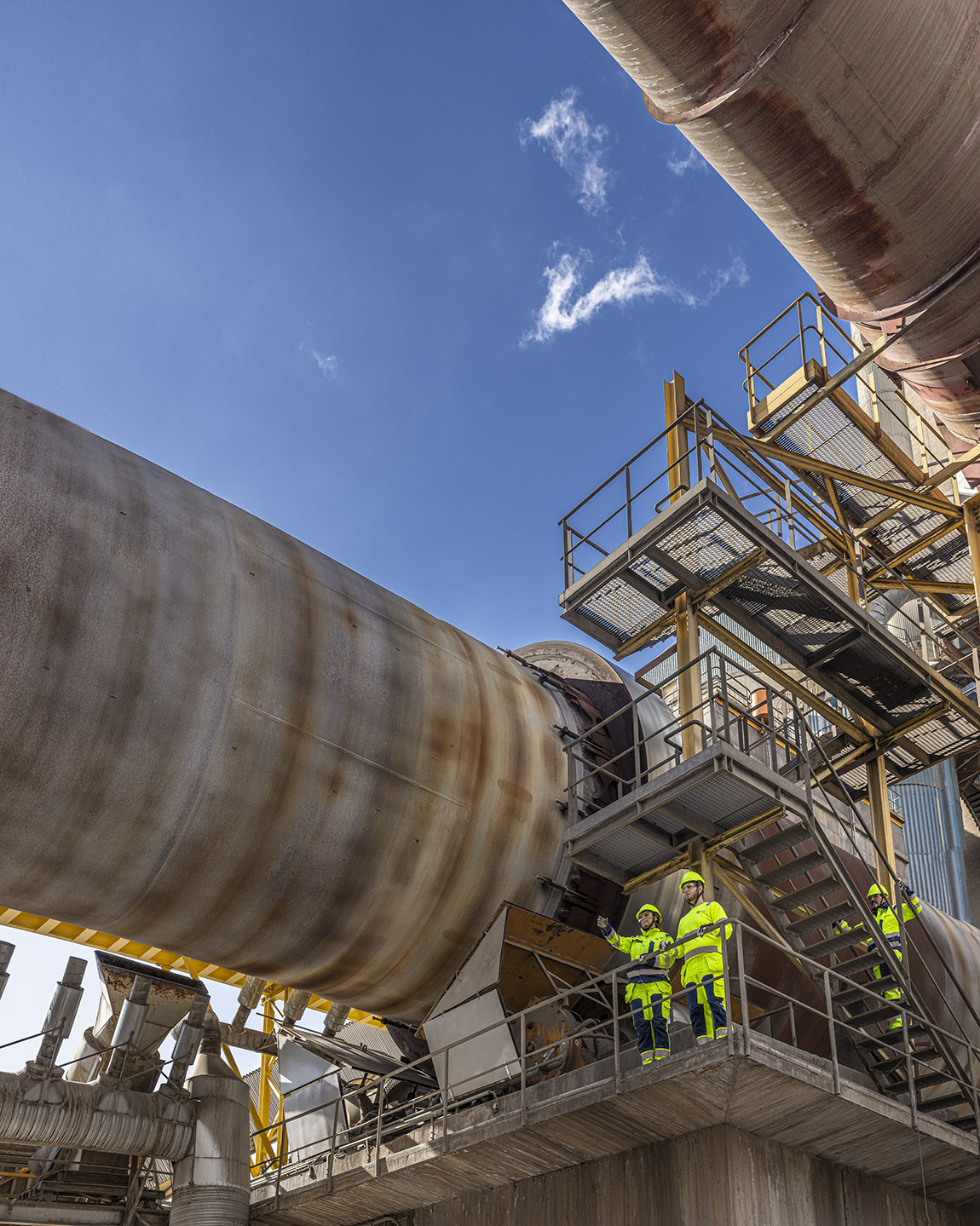
Emissions captured and permanently stored
Today, the plant is already one of Europe’s most environmentally developed cement plants, and with innovative CCS (carbon dioxide capture and storage) technology, the plant will reach net-zero carbon emissions. “By 2030, our plant in Slite aims to capture the carbon dioxide from flue gases before it reaches the atmosphere – and then transport it to a permanent storage site deep in the bedrock under the seabed,” explains Comstedt Webb.
In the cement industry, CCS is a proven method and therefore crucial for the Swedish construction and infrastructure sector’s desire to achieve its goals of climate-neutral concrete by 2030, adds Comstedt Webb. “The UN’s Intergovernmental Panel on Climate Change (IPCC) also identifies CSS as one of the necessary solutions for reaching the two-degree target. The Swedish Environmental Protection Agency and the Climate Policy Council have identified carbon capture as essential for a progressive climate policy.”
CCS is one of the technological solutions that make Comstedt Webb optimistic about the future from a climate perspective: “The industry has the technology, the power, and the potential to lead the climate transition. Alongside technological development and implementation of carbon capture, significant effort is put into creating new, innovative types of cement and concrete products based on alternative raw materials.”
The limestone-based cement is still needed to initiate the chemical reaction that binds the concrete. The alternative materials primarily used today are blast-furnace slag, a steel industry by-product, and fly ash, a by-product from coal power plants. Other materials are under development. “We work to reduce total emissions in all parts of our cement production and our value chain – from increased use of bioenergy in production and the electrification of the transportation to recycling materials in cement and concrete.”
However, there are also challenges in completing the new CCS facility. “CCS is an energy-intensive technology and a significantly strengthened and stable electricity supply to and on Gotland by 2030 is crucial for our success,” Comstedt Webb concludes. “We, and the society as a whole, must also pick up the pace on all fronts if we are to achieve this by 2030.”
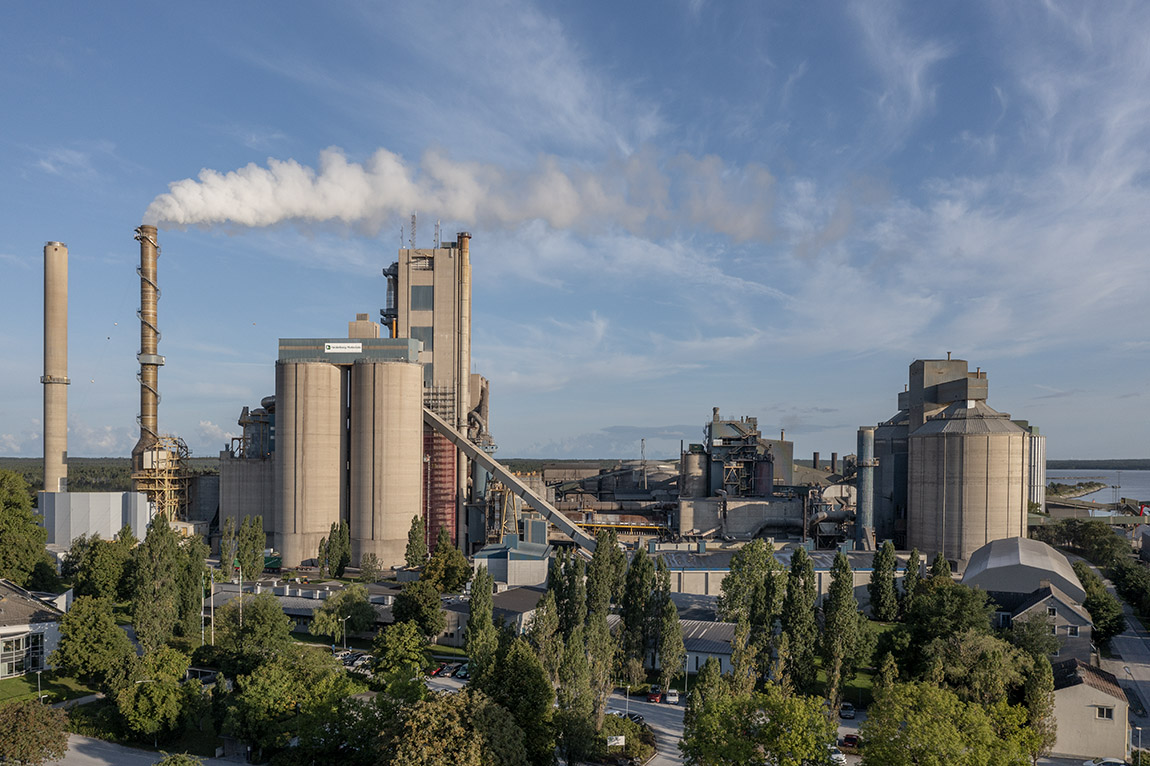
Web: www.heidelbergmaterials.com
Instagram: @heidelbergmaterials
LinkedIn: heidelbergmaterials
Subscribe to Our Newsletter
Receive our monthly newsletter by email



